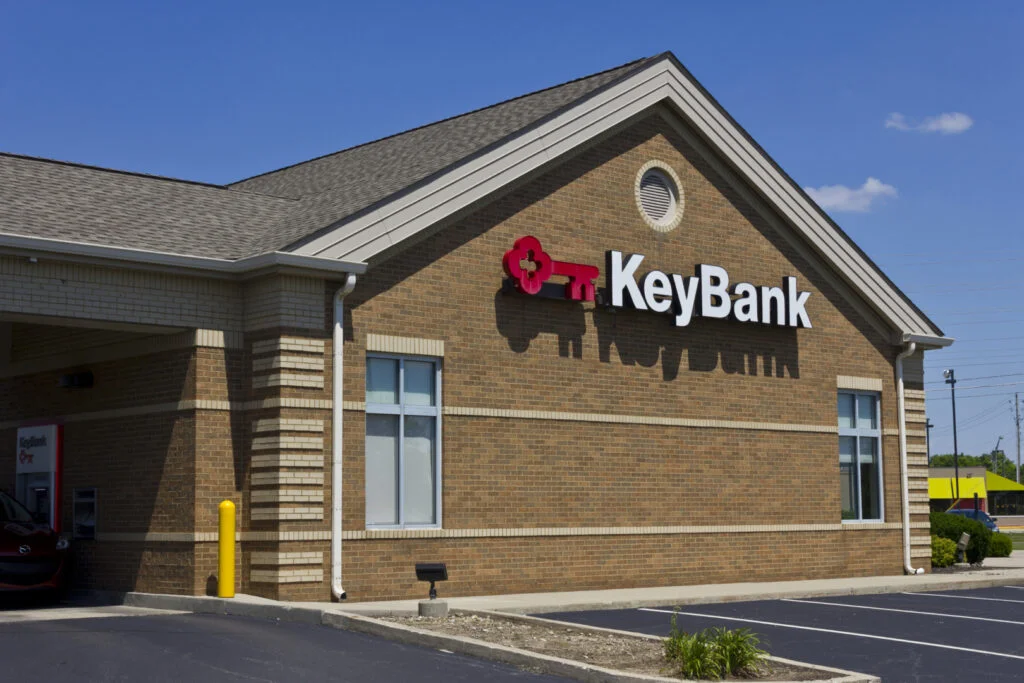
KEY
KeyCorp
$18.39
-0.01
(-0.05%)
| Exchange: | |
| Market Cap: | 20.099B |
| Shares Outstanding: | 77.632M |
About The Company
| Sector: | Financial Services | |||||
| Industry: | Banks – Regional | |||||
| CEO: | Christopher Marrott Gorman | |||||
| Full Time Employees: | 16989 | |||||
| Address: |
|
|||||
| Website: | https://www.key.com |
KeyCorp operates as the holding company for KeyBank National Association that provides various retail and commercial banking products and services in the United States. It operates in two segments, Consumer Bank and Commercial Bank. The company offers various deposits, investment products and services; and personal finance and financial wellness, student loan refinancing, mortgage and home equity, lending, credit card, treasury, business advisory, wealth management, asset management, investment, cash management, portfolio management, and trust and related services to individuals and small and medium-sized businesses. It also provides a suite of banking and capital market products, such as syndicated finance, debt and equity capital market products, commercial payments, equipment finance, commercial mortgage banking, derivatives, foreign exchange, financial advisory, and public finance, as well as commercial mortgage loans comprising consumer, energy, healthcare, industrial, public sector, real estate, and technology loans for middle market clients. In addition, the company offers community development financing, securities underwriting, brokerage, and investment banking services. As of December 31, 2021, it operated through a network of approximately 999 branches and 1,317 ATMs in 15 states, as well as additional offices, online and mobile banking capabilities, and a telephone banking call center. KeyCorp was founded in 1849 and is headquartered in Cleveland, Ohio.
Click to read more…
Revenue Segmentation
EPS
Earnings Call
Income Statement
(* All numbers are in thousands)
Balance Sheet
(* All numbers are in thousands)
Cash Flow Statement
(* All numbers are in thousands)
Analyst Estimates
(* All numbers are in thousands)







